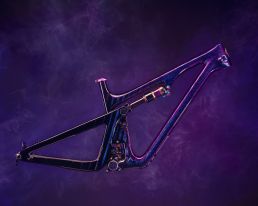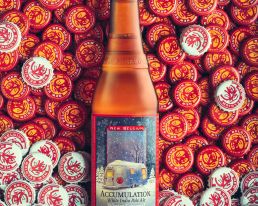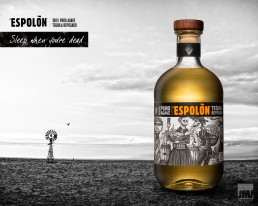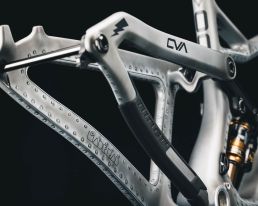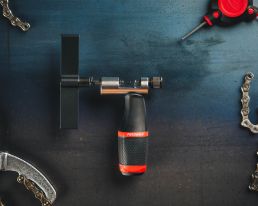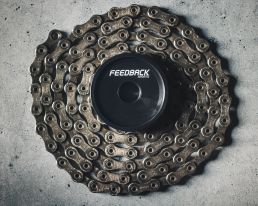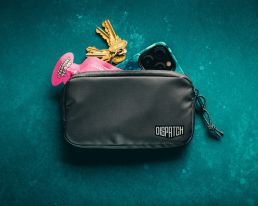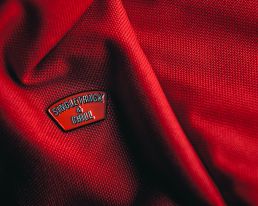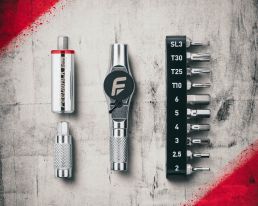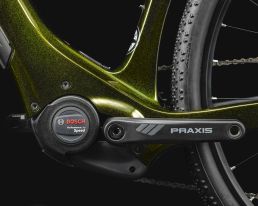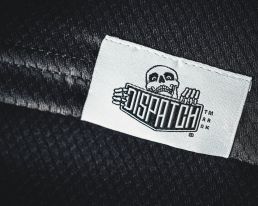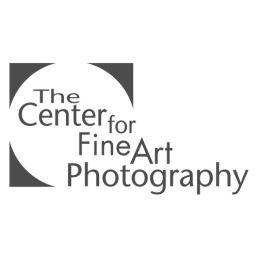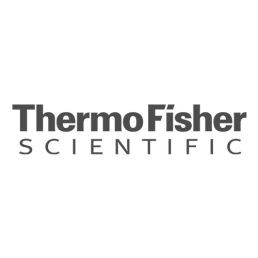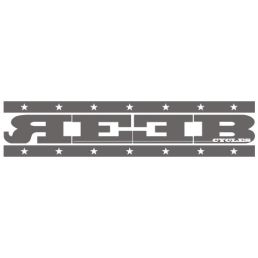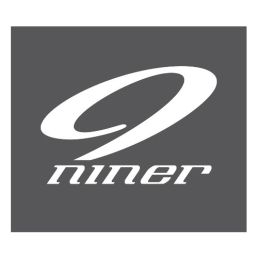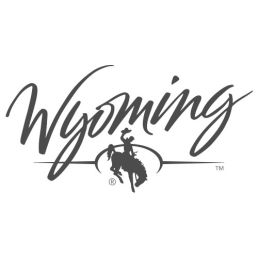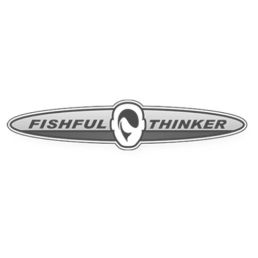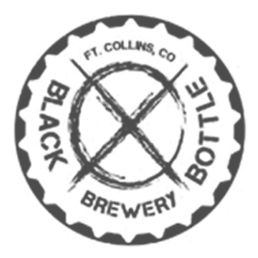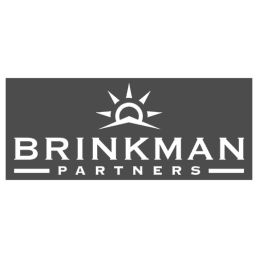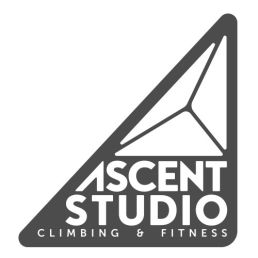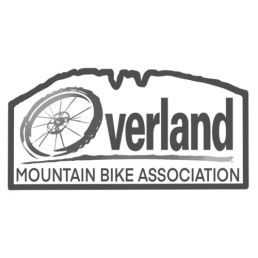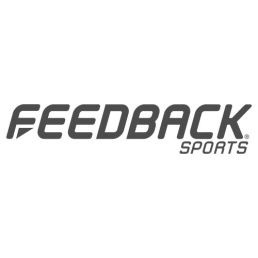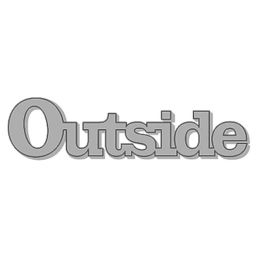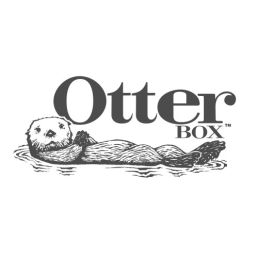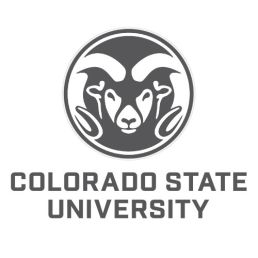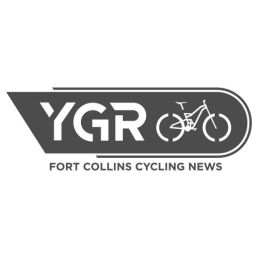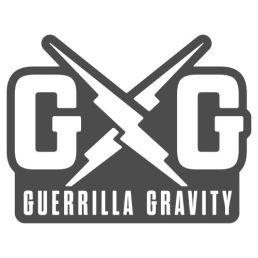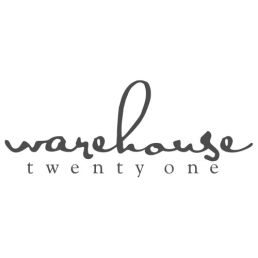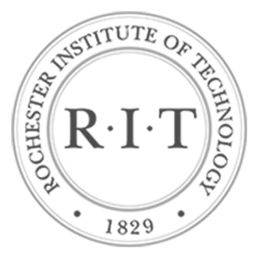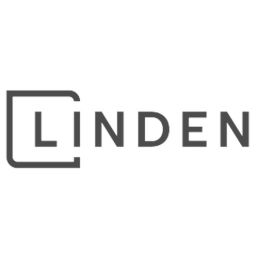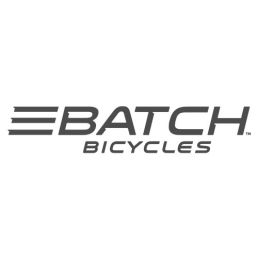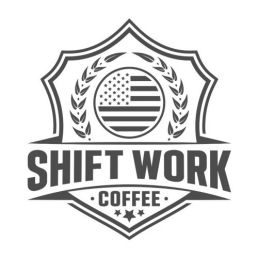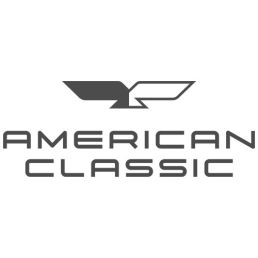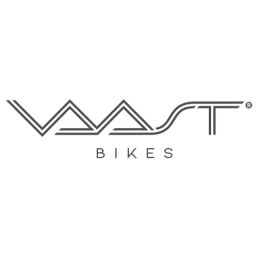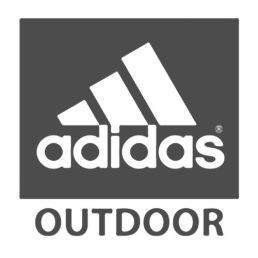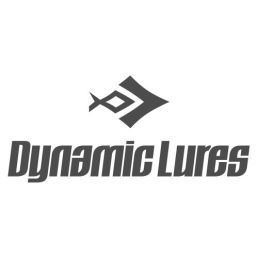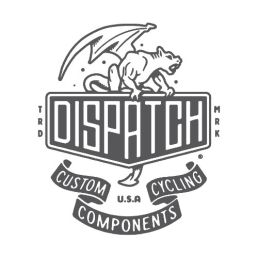Stunning product Video
Would your brand get better engagement and conversion if you had scroll-stopping cinematic imagery? I produce beautiful, world-class work— on time and within budget. Based in Colorado, I specialize in commercial product photography and videography—in the studio, outdoors, or on-location.
Pro-level photography and video can help bridge the gap between where your brand is now, and where you want to be. It’s the core building block with which all your other marketing strategies are based upon. Showing off the workmanship, materials, colors, and vibe of your products is critical for a prospective customer on your website. I love highlighting unique features, textures, and details to make it look irresistible to your customers.
My approach goes beyond simply “snapping” pictures or “shooting” videos. I leverage years of expertise in lighting, composition, and visual storytelling to create imagery that not only showcases your products but also makes an impact and connects with your audience on a deeper level—all of which ultimately drives more sales.
My work really shines for clients who value the importance of high-quality marketing as a critical tool in growing their brand, not just a line item expense. I want to be invested in your brand, product, mission, and your success. The more we work together, the stronger my work becomes as we dial things in.
With years of experience in photography and motion, I tend to let my portfolio do most of the talking. I have been creative director, director of photography, graphic designer, retoucher, production artist, web designer, packaging designer, illustrator, videographer, cinematographer and photographer. I have a unique understanding of the timelines, complications, requirements, and goals for how this project fits inside of bigger marketing initiatives.
Video + Motion
Scroll-stopping cinematic product video that performs better than still photography on social media and has increased purchase conversion.
Studio Photo
Exquisite lighting and unique setups with simple backgrounds for e-commerce or dramatic scenes to bring your ads to life.
Lifestyle Photo
Action, outdoor, and lifestyle imagery that highlights the product in use for context, emotional connection, and a diverse product look.
CLIENTS
I have been honored to work with a variety of clients, from smaller local companies to Fortune 500 corporations. Some big projects, some not.
Niner Bikes | Feedback Sports | American Classic | Dispatch Custom Cycling Components | Guerrilla Gravity | REEB Cycles | Batch Bicycles | VAAST Bikes | OtterBox | Outside Magazine | Shift Work Coffee | Paradigm Cycle Works | Yeti Cycles | DesFit | Colorado State University (CSU) | Ascent Studio Climbing + Fitness | Adidas Outdoor | Black Bottle Brewery | Liberty Firearms Institute | Thermo Fisher | The State of Wyoming | TecGnar | Organic Climbing | Brinkman Partners | EPIC Insurance Brokers | The Center for Fine Art Photography (C4FAP) | Kodak | Warehouse 21 | Rochester Institute of Technology (RIT) | Dynamic Lures | Fishful Thinker
Your product deserves better.
Let's talk about how we can transform your products into scroll-stopping campaigns that captivate eyeballs and drive results.
What Are the Options?
As a product photographer, cinematographer, and content creator, I’ve found that each option has unique advantages. In the studio, I have complete control over lighting, props, and backgrounds, allowing for a consistent and polished look. On the other hand, shooting on-location or outdoors brings authenticity and a natural feel to your product, especially for action and lifestyle content.
Most still photo content can also be captured in motion, whether that is in the studio or on-location. The result is lot of options, which I’m happy to help you figure out and prioritize for your brand. Projects generally fall into these buckets:
- STUDIO PHOTO + VIDEO: Encompasses everything from a product on a clean white background, to more creative techniques e.g., styled faux sets, fog, dramatic lighting, dark backgrounds, light painting, stop motion animation, and ghost mannequin for apparel. For still photography, these are retouched photos to create the perfect representation of the product—or video that is close-up, detailed, and with dramatic product movements to show the product from many angles.
- ON-LOCATION/OUTDOOR PHOTO + VIDEO: “Outdoor studio” or “outdoor glamour” is a term I use when shooting a product on-location to combine a high-end, dramatic look with an outdoor environment for a more natural result.
- LIFESTYLE/ACTION PHOTO + VIDEO: Studio imagery shows the product itself, whereas action and lifestyle imagery highlight the product in-use. When combined with studio photo/video, the lifestyle element gives the product context, emotional connection, and a diverse look for a campaign.
- BEHIND THE SCENES BRAND LOOKS: Wouldn’t it be neat to give your customers a look at what your company is like behind the scenes? How do you make your product? Who are the people that are designing it, building prototypes, or packaging it to ship? Shooting photos and video of this can help build trust with customers, give you some different social media assets, and help tell the brand story beyond just words on a website.
Photo vs. Video
Combining still images in the studio, along with lifestyle imagery for context, and video with captivating product motion… now we’ve unlocked a successful product campaign. Ultimately, the decision on photo vs. video depends on your brand’s specific needs, the message you want to convey to your consumer, and your budget. For many brands, the ideal answer is that they want both still images and videos. They can serve different purposes, can be used in different ways, and can tell different stories.
There’s no doubt that shooting video of a product in the studio—in addition lifestyle —helps to tell a diverse and compelling story. Video also tends to out-perform still photography in social media engagement and visibility. According to Vimeo, “video is no longer a nice-to have; it’s a must-have with 91% of businesses using video to engage and convert audiences.”
Video projects usually benefit from footage from multiple types of setups and techniques to create a captivating result. This can include outdoor action using the product, lifestyle and setting the scene, dramatic studio and close-ups, and sometimes voice over or someone on-camera walking a viewer through a product’s features. For example, for a product-based YouTube video like this one I created for Niner Bikes, all of these elements are combined, with a host narrating while various product-focused elements are shown. Deliverables for video can be vast, from simple GIF cinemagraphs (moving photos), to social media ads, Instagram reels, long-form explainer videos, to YouTube episode content.
“Before your work, people used to tell me that our products looked surprisingly better in person than in our photos. Not anymore.”
-Niner Bikes
“At every turn, he’s brought us forward with more interesting and engaging photos to gorgeous videos. I consider Justin a partner in our success and continuing to work together into the future.”
-Brian De Groodt, Dispatch Custom Cycling Components
“Justin is the consummate professional. The knowledge of his craft is remarkable. He’s able to seamlessly transition from still photos to video, and provides his clients with ample opportunity to ensure their vision is being translated across different mediums. Justin’s work is above reproach.”
-Tyler Henderson, Feedback Sports
How Much Will This Cost?
Does your brand have growth goals? Will this type of product imagery help you achieve those goals?
If so, this is an investment in your brand that should pay for itself in the short term with increased conversion, sales, and engagement; and in the long term with increased brand recognition and awareness.
Figuring out budget and pricing are the least fun parts of a project. Pricing for a project can take into account: creative/shoot cost, pre-production time, post-production editing time, usage/licensing, equipment rental, and any expenses for travel, props, set materials, talent/model fees, etc.
Depending on project specifics and client preference, project costs can be structured in multiple ways. For projects that have a defined scope (e.g., 6 images of this item, in the studio, with this background) flat project pricing works great. For projects that are open-ended or ongoing, dynamic pricing can work well. A retainer arrangement is a valuable option when projects are consistent and ongoing.
In general, most of projects fall between $3,000 and $15,000. I realize that sounds like beating around the bush—and it is to some extent—but not with the goal of being mysterious and confusing. The reality is that every project is vastly different, from the type of product, deadlines, complexity, location, equipment needed, models needed, weather, deliverables, etc.
Projects can be broken down into three core phases:
Pre-Production
This is essentially the planning phase where all project details are nailed down so that everything runs smoothly, including shoot location(s), shot list, models/talent, script, scheduling, travel logistics, etc.
Production
Lights, camera, action! Production is where the actual shoot takes place. This can be multiple days depending on the project.
Post-Production
This encompasses everything that happens after the shoot, including: image retouching, video editing, perfecting color, client feedback, etc. This can require more time than the shoot itself.
Location
Based in the Front Range foothills of northern Colorado, I work with clients in Fort Collins, Denver, Boulder, Loveland, and Golden. I have also traveled for projects in Moab, Utah; Colorado’s Western Slope (Grand Junction and Fruita); Texas; the Ozarks in Arkansas (Bentonville area); Cheyenne, Wyoming and more.
Even if we’re not near each other, it’s common for clients to ship product to me for projects. For location work, let’s talk! I’m definitely open to travel within the west and mid-west.
